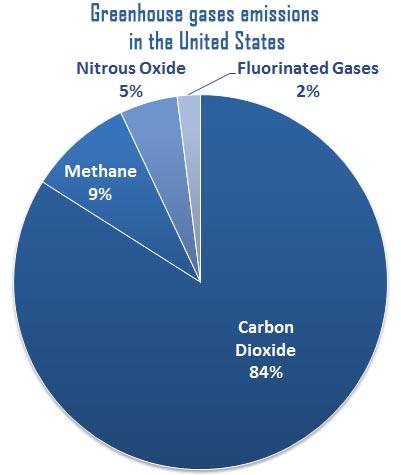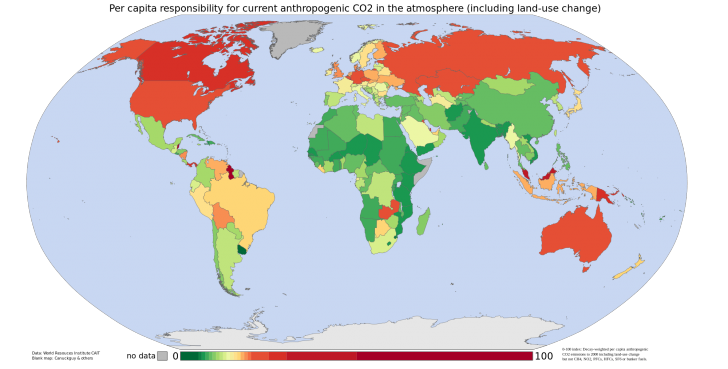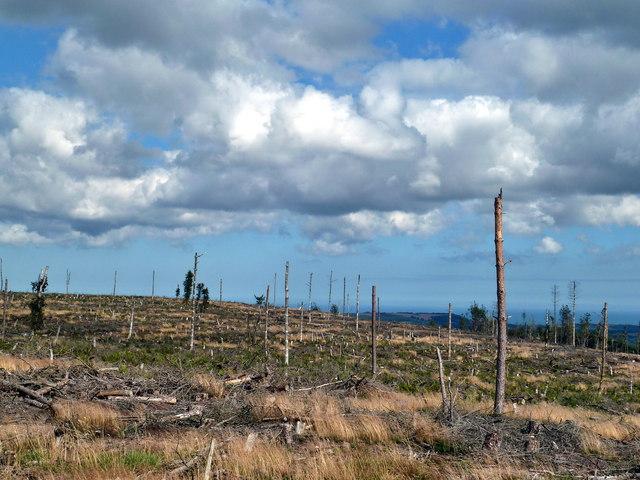When the change in the earth’s climate is influenced by human activities, it is called anthropogenic climate change. For example, industrialization, deforestation, and so on.
The causes of climate change can be classified into two types: natural and anthropogenic climate change.
1. Natural Climate Change
Before the influence of human activities, climate change is caused by natural causes like volcanic eruptions, changes in orbit, and solar activity.
2. Anthropogenic Climate Change
Since the beginning of industrialization, humans have been releasing billions of tons of greenhouse gases into the atmosphere which has resulted in global warming and other changes such as sea-level rise, melting of ice caps, and natural hazards such as storms, floods, and erosions.
Anthropogenic warming over the last three decades has likely had a discernible influence at the global scale on observed changes in many physical and biological systems.
–Intergovernmental Panel on Climate Change, 2007
This idea became a widely accepted fact at the turn of the 21st century as a stream of overwhelming evidence from scientists and relevant scientific organizations led to a scientific consensus that humans are to be blamed for the change in the earth’s climate. This consensus regarding anthropogenic climate change has been increasing steadily since the 1990s.
97% of the scientists studying the climate have agreed on the consensus that the world is experiencing anthropogenic i.e. human caused climate change.
What are the causes of anthropogenic climate change?
1. Emission of Greenhouse Gases
The global average temperature has increased by 1.4 ⁰F over the last century. The release of greenhouse gases by anthropogenic causes is one of the main reasons for this.
Carbon dioxide is the most important greenhouse gas in the earth’s atmosphere and its level has been rising significantly over the two centuries, since the Industrial Revolution. The amount of carbon dioxide in the atmosphere at the present day is greater than any point in the last 800,000 years.
According to the Environmental Protection Agency, the carbon dioxide released from human activities accounted for 82% of greenhouse gas emissions in the United States alone.

Human activities are causing an imbalance in the carbon cycle by releasing more carbon dioxide and reducing the capacity of natural resources like forests to reduce these emissions from the atmosphere. Human activities such as the burning of fossil fuels, surface mining, agriculture, emissions from industries, etc. are also releasing other greenhouse gases such as methane, water vapor, nitrous oxide, and carbon monoxide.

2. Land Use Change

Climate change is also assisted by changes in land use and land cover that are caused because of human activities such as agriculture.
Deforestation accounts for about 20% of the additional carbon dioxide released into the atmosphere every year. When humans cut down forests without planting replacements, they reduce the ability of nature to absorb carbon dioxide emissions. Burning firewood collected from these forests adds to the carbon dioxide emissions.